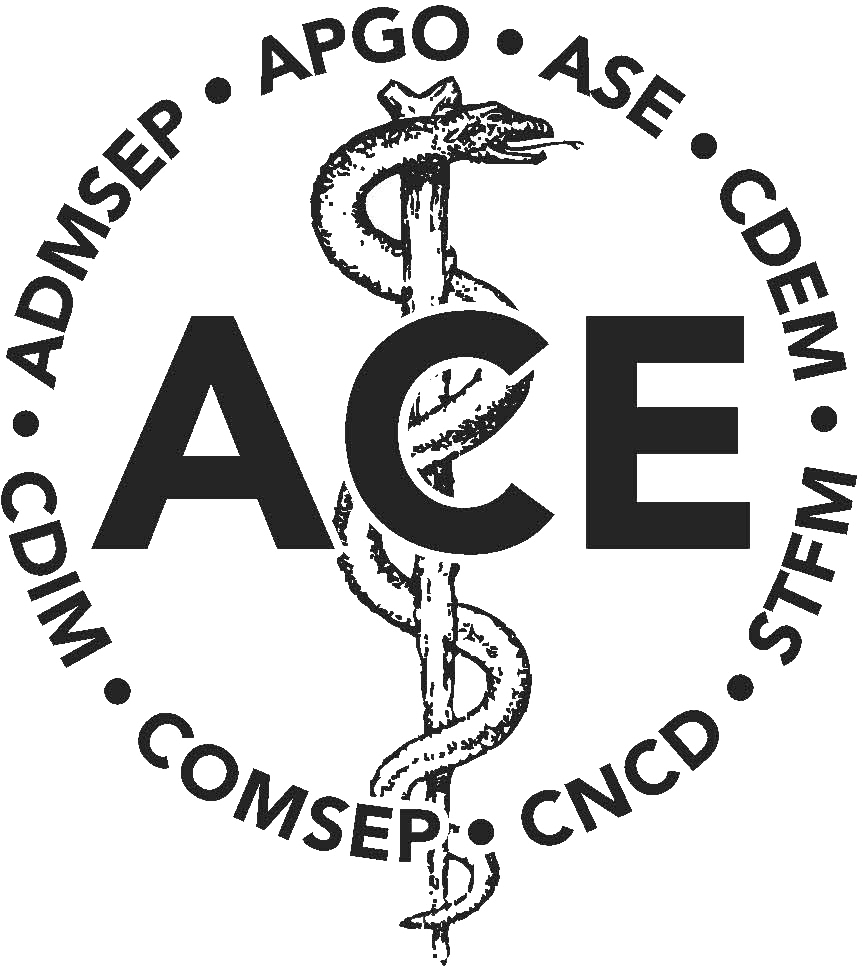Preparing for Day One: Reimagining UME Through the Lens of Emergency Medicine Expectations
by Danielle Nesbit, D.O.; Ambika Anand, M.D., MEHP; Carrie Maupin, M.D., MPH | August 29, 2025
Article Citation: Caretta-Weyer HA, Park YS, Tekian A, Sebok-Syer SS. Identifying emergency medicine program directors’ expectations of competence upon entry into residency: Bridging the distance from the Association of American Medical Colleges Core Entrustable Professional Activities. AEM Educ Train 2025; 9:e70024. DOI: 10.1002/aet2.70024
What is this article about?
This article explores the gap between the Association of American Medical Colleges’ (AAMC) Core Entrustable Professional Activities (EPAs) and the expectations of emergency medicine (EM) program directors for incoming residents. Recognizing that the AAMC’s 13 EPAs are broad and difficult to operationalize, the authors used a modified Delphi process to develop and vet 321 granular observable practice activities (OPAs) derived from the EPAs. A national panel of 12 emergency medicine (EM) program directors participated in a three-round consensus process, ultimately identifying 127 OPAs as essential competencies for interns to perform on day one of residency. Notably, all OPAs that reached consensus were generalist in nature, underscoring that specialty-specific training should begin during residency rather than medical school. Through qualitative thematic analysis, the study also revealed key insights: a lack of trust in medical school assessments by program directors, variability in supervision needs based on EPA complexity, and the significant role of context in entrustment decisions.
Why should you read the article?
This article is important because it offers a concrete, evidence-informed framework for translating abstract EPAs into practical, measurable expectations of clinical competency. It highlights the misalignment between medical school preparation and residency-level responsibilities and provides a roadmap for improving the transition from undergraduate to graduate medical education.
How can you use this article?
This article can inform curriculum design by integrating the validated OPAs into medical school assessments, entrustment discussions, and transition-to-residency programming to better prepare students for clinical responsibilities. Residency programs may also use these OPAs to calibrate early intern supervision, guide onboarding, and identify gaps in training. More broadly, the methodology presented serves as a replicable model for other specialties seeking to define entry-level competence and bridge the UME-GME divide.
Review Authors: Danielle Nesbit, D.O.; Medical Education Fellow in Emergency Medicine, Virginia Commonwealth University, Richmond, VA (Co-authored with Ambika Anand, M.D. and Carrie Maupin, M.D., Virginia Commonwealth University, Richmond, VA). Organization: Clerkship Directors in Emergency Medicine
